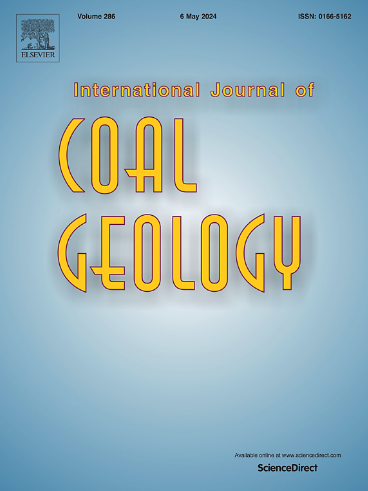Unconventional hybrid petroleum systems are partially to entirely self-sourced. Their hydrocarbons are generated within internal (intraformational) organic-rich mudstone source rocks and subsequently migrate into adjacent organic-lean reservoir beds composed of sandstone, siltstone or carbonate. Hybrid systems with volumetrically dominant reservoir-quality rocks can additionally receive hydrocarbon charge by longer-range migration from external source rocks. However, few previous studies of hybrid systems have focused on the migration and mixing of hydrocarbons from both internal and external sources. To address this shortfall, this study presents an integrated organic geochemistry and stable carbon isotope investigation of drill-core and produced hydrocarbon liquid samples from two wells in a major unconventional hybrid petroleum system in the Montney Formation of western Canada. The results reveal distinct geochemical trends with increasing depth through the upper part of the Montney Formation including decreased C30+ biomarker compounds, increased depletion of saturate compared to aromatic δ13C values, and increased proportions of saturates and mobile oil. These trends indicate that oil from external source rocks of the overlying Doig Formation migrated into the upper part of the Montney Formation. Downward migration of externally sourced Doig oil resulted in a broad transition zone where Doig-sourced oil mixed with locally migrated lighter oil generated within internal Montney source rocks of slightly higher thermal maturity. This study sheds new light on the migration and mixing of disparate oil charges in the Montney Formation, and likely has widespread applicability to other similar unconventional hybrid petroleum systems that had hydrocarbon contributions from both internal and external source rocks.


